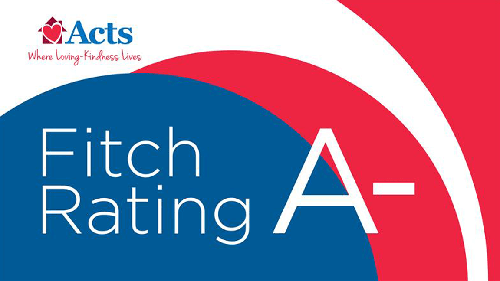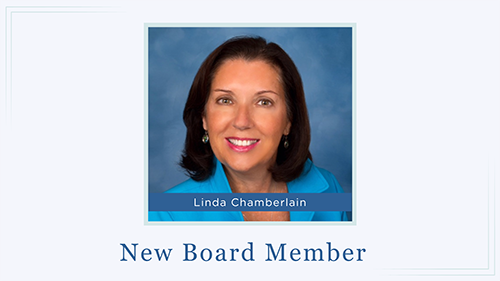How Much Do Retirement Homes Cost?
The cost of retirement communities can vary significantly based on several factors. From location and amenities to the level of care provided, many elements influence the overall price as well as the monthly costs for senior living communities. Understanding these factors can help you find a community that suits your lifestyle and budget.
What Affects Retirement Community Pricing?

Some of the factors that affect the price of a retirement community are:
- Location: Just like in any housing market, rates vary by region, state, and city. Some states are more tax friendly for retirees, which can also impact costs.
- Size of Living Space: Consider how much space you need and how it fits within your budget.
- Meal Plans: The inclusion of meals, as well as the quality and variety of food offered, can affect overall pricing.
- On-site Amenities: Features like pools, gyms, transportation services, and more can add to the cost.
- Pet Policies: Some communities welcome pets, which can influence cost.
- Classes and Activities: Many retirement communities offer activities such as arts and crafts, yoga, and fitness classes, which may be included in the cost.
- Healthcare Services: Continuing care retirement communities (CCRCs) provide healthcare services on campus as residents, which affects the overall retirement community pricing.
The Average Cost of Retirement Communities Vary Widely by Type

The cost of retirement communities can differ greatly depending on the type of community and the range of services offered. The type of housing, such as apartments versus standalone homes, size, and floor plan all play a role in determining the overall cost.
For example, independent living communities often provide a variety of amenities, like an all-inclusive resort. On the other hand, 55+ or 65+ apartment complexes or neighborhoods may function more like typical apartment buildings or neighborhoods, just without kids. Even within these categories, prices can differ depending on whether the units are furnished, the quality of the furnishings, unit size, and the number and quality of the bathrooms.
Additionally, continuing care retirement communities (CCRCs) combine independent living with the option for assisted living and skilled nursing as residents’ needs change. These communities offer flexibility, often with rates that won’t necessarily increase based on the level of care required, making them a viable long-term solution.
The key to choosing the right retirement community is to start by identifying your need now and in the future. Consider whether you want a community that provides all meals, transportation, and excursions, or if amenities like a putting green or maid services are important. Do you want to live on the beach or near a big city? Once you have a clear understanding of your priorities, it becomes much easier to find a community that fits your needs, and to compare costs accordingly.
Get Retirement Community Pricing for Free Now
Acts Retirement-Life Communities is a continuing care retirement community with resort-style amenities and a variety of housing options. You can download pricing info for many of our 28 communities throughout nine states below.
- Cokesbury Village Pricing (Hockessin, DE)
- Country House Pricing (Wilmington, DE)
- Manor House Pricing (Seaford, DE)
- Azalea Trace Pricing (Pensacola, FL)
- Edgewater at Boca Pointe Pricing (Boca Raton, FL)
- Indian River Estates Pricing (Vero Beach, FL)
- Mease Life (Dunedin, FL)
- St. Andrews Estates Pricing (Boca Raton, FL)
- Heron Point of Chestertown Pricing (Chestertown, MD)
- Buckingham's Choice Pricing (Adamstown, MD)
- Bayleigh Chase Pricing (Easton, MD)
- Fairhaven Pricing (Sykesville, MD)
- Brittany Pointe Estates Pricing (Lansdale, PA)
- Fort Washington Estates Pricing (Fort Washington, PA)
- Granite Farms Estates Pricing (Media, PA)
- Gwynedd Estates Pricing (Ambler, PA)
- Lima Estates Pricing (Media, PA)
- Normandy Farms Estates Pricing (Blue Bell, PA)
- Southampton Estates Pricing (Southampton, PA)
- Spring House Estates Pricing (Lower Gwynedd, PA)






